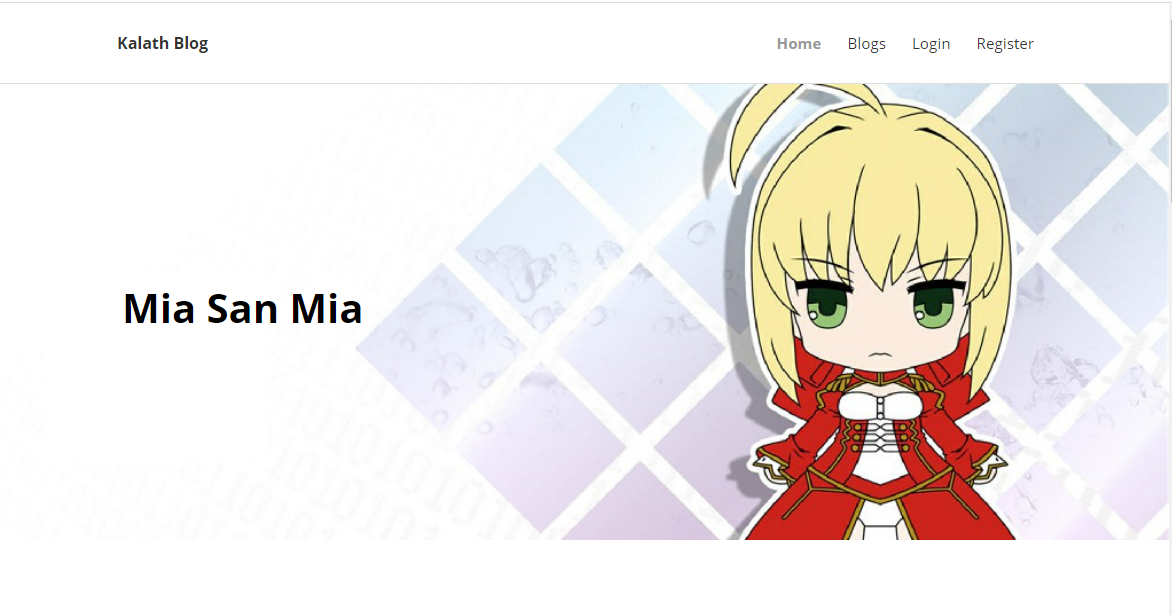For projects written locally, the running results can only be viewed by ourselves and cannot be used by others.
If you want to go online, you can deploy the project on the cloud server through Django+Nginx+UWSGI. At this time, other users only need to enter the URL address to use the project.
Pre deployment server related configuration
The ECS used in this article is Alibaba cloud server, and the system is Ubuntu 18.04.
- Install dependent environment
apt update apt -y install man gcc make lsof ssh openssl tree vim dnsutils apt -y install psmisc sysstat curl telnet traceroute wget iputils-ping apt -y install net-tools libbz2-dev libpcre3 build-essential apt -y install libpcre3-dev libreadline-dev libsqlite3-dev apt -y install libssl-dev llvm zlib1g-dev git zip p7zip apt -y install mysql-server mysql-client libmysqlclient-dev
- Install Nginx and UWSGI
apt install nginx apt install uwsgi
- Install Python environment
The system comes with python3, and pip3 needs to be installed to install other libraries.
apt install python3-pip
- Install and configure virtual development environment
pip3 install virtualenv pip3 install virtualenvwrapper
Create a directory to place the virtual development environment.
mkdir ~/.virtualenvs
Modify environment variables
vim ~/.bashrc
In the last part, add the virtual environment directory location, python location, and virtualenvwrapper.sh file location. (change according to the actual situation)
export WORKON_HOME=$HOME/.virtualenvs export VIRTUALENVWRAPPER_PYTHON=/usr/bin/python3 source /usr/local/bin/virtualenvwrapper.sh
source is required to take effect after modification
source ~/.bashrc
Note:
How to view related paths
which python3 find / -name virtualenvwrapper.sh
After the environment variables are configured, create a virtual development environment for Django
mkvirtualenv env_django
Enter the virtual development environment
workon env_django
Then upload the project to the server (for example, place it in the directory / var/www /), and install the related dependency Library in the virtual development environment
# Run under project root pip freeze > requirement.txt # Then in the virtual development environment pip freeze -r requirement.txt
After successful execution, all the dependent libraries required for the project are installed.
At this point, the installation and configuration of the virtual environment are completed.
Nginx configuration
Next, you need to configure Nginx.
Enter the directory / etc / nginx / sites available / and copy the configuration file for modification
cd /etc/nginx/sites-available/ cp default blog vim blog
The configuration of Nginx is as follows
server { # Listening port. You need to add configuration to alicloud console and open this port listen 8002; index index.html index.htm index.nginx-debian.html; # Server IP address server_name xxx.xxx.xxx.xxx; location / { include uwsgi_params; # Need to be consistent with the configuration file of UWSGI uwsgi_pass 127.0.0.1:8923; } # Project static resource path location /static { alias /var/www/simple_blog/static; } }
Then go to the directory CD / etc / nginx / sites enabled /, and create a soft connection
ln -s ../sites-available/blog blog
Restart the Nginx service for the modification to take effect
service nginx restart
In this case, you can create a new file (for example, 1.txt) in the static resource directory of the project, add a line of data (for example, hello), and then enter it in the browser
http://xxx.xxx.xxx.xxx:8002/static/1.txt
If the data hello is returned, it proves that Nginx is working properly. Otherwise, the related error information needs to be processed.
UWSGI configuration
First, install the uwsgi Library in the virtual development environment
pip install uwsgi
Then create the uwsgi.ini configuration file in the root directory of the project, as follows
[uwsgi] # External access address should be consistent with Nginx configuration socket = 127.0.0.1:8923 # Project root chdir = /var/www/simple_blog module = simple_blog.wsgi:application master = true # Log location. You need to create a file to store logs in the relevant directory daemonize = /root/blog/uwsgi_f.log
Start UWSGI
uwsgi --ini uwsgi.ini
So far, UWSGI configuration is complete
Result example
After the configuration is completed, the project is online, and the browser can enter the URL to access the project.


